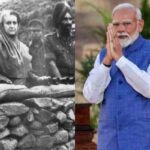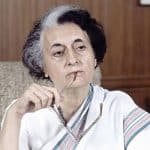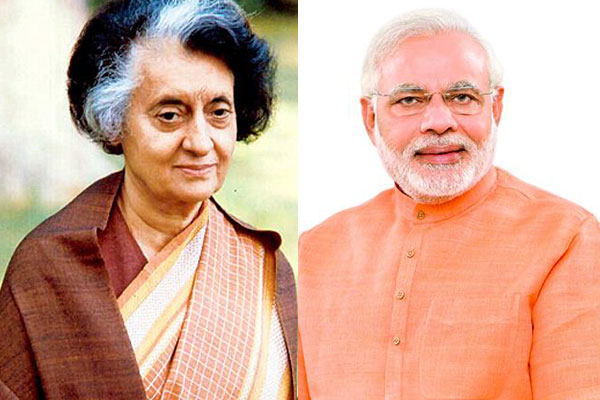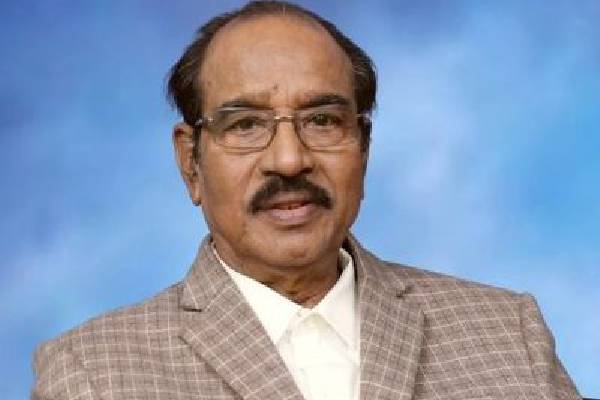Indira Gandhi
-
Indira vs Modi: A Detailed Analysis of Border Tensions May 11, 2025

-
Indira Gandhi’s fearlessness brought out the best in her November 18, 2017

-
Did Indira Gandhi inspire Narendra Modi? September 12, 2015

-
Rahul’s New Andhra Politics – No Sonia, only Indiramma July 24, 2015









